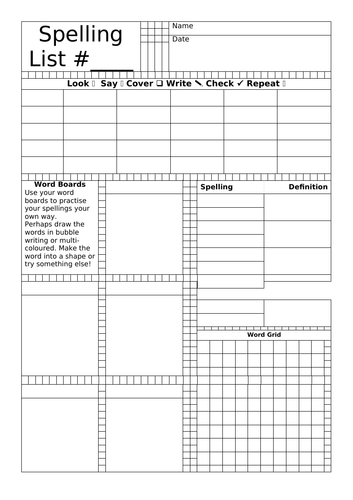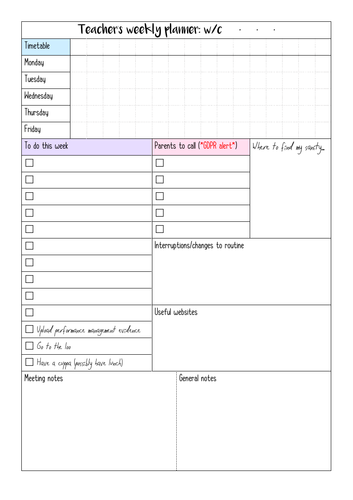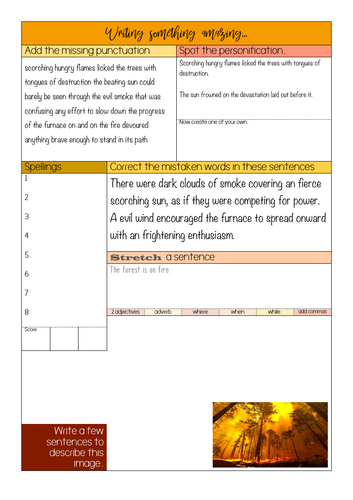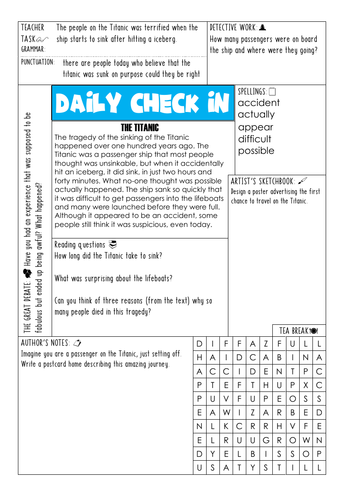Artgenie6's Shop
I'm an ex-teacher (is that possible? Surely once a teacher, always a teacher, right?) who has primary, secondary and SEND experience. My resources are English- and Literacy-based, and have a tendency to be designed to accommodate students with an additional need to be engaged! Thank you for visiting :)











